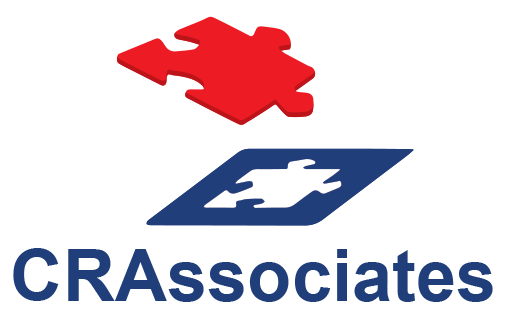APPLYING FOR USDA PROGRAM SUBSIDY
There are potentially 2 types of applicants for USDA Programs. First, a “first-tier” applicant (such as a bank), which directly applies to the USDA. Second, if applicable, a “second tier” applicant (such as a Borrower), which applies to the successful “first-tier” applicant (such as a bank), which facilities the deployment of the particular subsidy to the “second-tier” applicant.
There are many complex rules that must be followed in order to qualify for and maintain a USDA Program subsidy.
 Our financial, legal and accounting backgrounds as well as significant experience in community and economic development enables us to strategically underwrite, structure and close these complex financings on behalf of our clients.
Our financial, legal and accounting backgrounds as well as significant experience in community and economic development enables us to strategically underwrite, structure and close these complex financings on behalf of our clients.
Generally, all of our fees are contingent upon the receipt of the particular USDA Program subsidy.
If you believe that you are a business or nonprofit whose operations, services, construction, renovation of real estate, purchase of equipment or any other financing needs could qualify for any USDA Program, please complete our Initial Intake Form.
Upon engagement, we will:

- determine whether our client qualifies as a “first-tier” or “second-tier” applicant for any USDA Program;
- provide our Comprehensive USDA Business Program Intake Form and/or Comprehensive USDA Community Facilities Form, as applicable;
- flowcharts illustrating the structures of the financing based on available, prospective and alternative sources of the capital stack;
- a budget (including supporting assumptions and calculations) projecting sources and uses of funds during the applicable Compliance Period and thereafter;
- our strategy to secure the subsidy of the particular USDA Program; and
- a proposed timeline through targeted closing date.
During our engagement, depending on our client’s role in the applicable USDA Program, we will:

- draft and/or review our “first-tier” client applicant’s application to the USDA (or draft and/or review “second-tier” client applicant’s applications to successful “first-tier” applicants, which have a service area and/or focus consistent with that of our “second-tier” client applicant);
- as applicable, underwrite the financing to determine the best economic terms available (including principal amount, fixed or variable rates, term of interest-only payments, maturity dates, financial ratios, security and collateral requirements, and other nontraditional and flexible terms);
- identify and secure other sources of financing (including traditional financing, new markets tax credit financing, historic tax credit financing, low-income housing tax credit financing, and other types of community and economic development programs, such as those provided by the CDFI Programs);
- negotiate term sheets;
- structure the overall financing;
- collect due diligence materials and create a drop box;
- manage the closing and funding;
- provide ongoing asset management, compliance and reporting services; and
- provide such other services as set forth in our Consulting Agreement.
